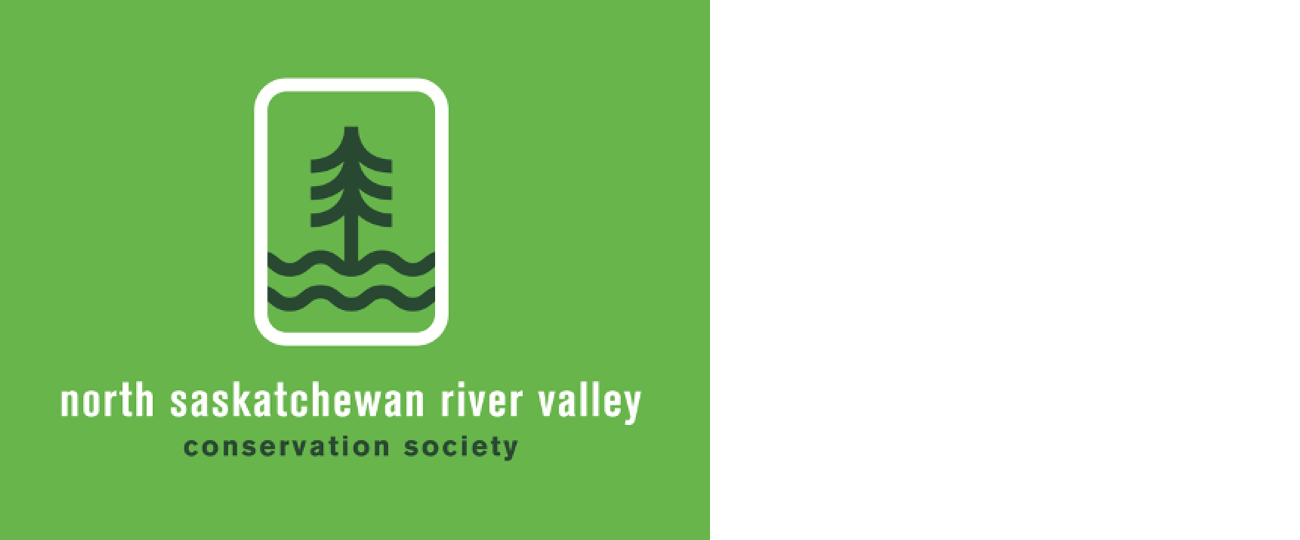City provides update on the national urban park initiative
At this time, the Edmonton National Urban Park (NUP) initiative remains in the pre-feasibility phase. The partners are exploring what the next phase of the initiative, the planning phase, would entail and what the partnership should look like moving forward.
The NUP Partner Committee is monitoring political developments at the provincial level, particularly Bill 204 (the Municipal Government [National Urban Parks] Amendment Act, 2023) and Bill 18 (the Provincial Priorities Act, 2024) as these may impact the next steps in exploring a national urban park in the Edmonton region.
Bill 204 came into effect in May 2024, and requires municipalities to meet specific conditions before beginning negotiations with the Government of Canada on the creation of a national urban park. The conditions referred to in the bill have not yet been provided. City Administration is waiting for the information required to move this project forward and this has impacted project timelines.
Project partners recognize that Bill 204 may change the Government of Alberta’s role within the NUP Initiative and will work with it to understand the actions required to comply with this new legislation. The partner committee is eager to receive input from the province and looks forward to advancing discussions about a national urban park in the Edmonton region once further information has been provided.
https://www.edmonton.ca/city_government/initiatives_innovation/national-urban-park
Blanket flower a beautiful herbaceous perennial native wildflower
Gaillardia Aristata, commonly known as blanket flower, is an herbaceous perennial wildflower in the daisy family native to Alberta and the rest of Western North America. The genus name Gaillardia was named in honour of Gaillard de Marentonneau, a patron of botany in the 18th century. The species name aristata is from the Latin word arist meaning bristle, which refers to the hairy stems and leaves the plant possesses.
Blanket flowers have an extended blooming period from June through September. You will find blanket flowers in open prairies, meadows, and on hillsides with full fun and dry soil, ranging from the Northwest Territories all the way down to Arizona.
Indigenous peoples across western North America traditionally use this plant for medicinal properties: the Stoney steep and drink tea made of the flowers to relieve menstrual problems, and the Blackfoot use the root to help relieve stomach pain and discomfort. Recently, the seeds of the plant have been used in wildflower sod for native plant rehabilitation and restoration of natural areas.
Blanket flowers produce a lot of nectar, which attracts many pollinators such as butterflies, bees, and beetles, which use it as a steady food source through summer. Its importance as a food source is not limited to insects, as birds enjoy eating the seed heads of the flowers. https://inaturalist.ca/posts/81016-plant-of-the-month-common-blanketflower-gaillardia-aristata#
October autumn colours bike tour
River Valley Alliance invites you to bring your bike or e-bike to the Terwilliger Dog Park on Sunday, October 20 from 10:30am to 1:00pm and enjoy a beautiful autumn ride through Edmonton’s stunning river valley. Registration is required.
This 25km bike tour offers the perfect opportunity to experience vibrant fall colours as it crosses four uniquely different bridges, passes through meadows, and traverses’ various forests. The route has a few small hills, making it accessible yet invigorating for all participants.
A helmet and bell are mandatory for all participants. Please make sure your bike is in good working order. An RVA member will be available to help with any bike issues and will have a first-aid kit. Wear weather appropriate clothing and bring a water bottle to stay hydrated.
The bike tour begins and ends at Terwilliger Park. This is a fantastic opportunity to connect with fellow cyclists, enjoy the beautiful fall colours, and experience the best of Edmonton's River Valley. Register at https://rivervalley.ab.ca/events/fall-colours-bike-tour/
Chief Ketchamoot part of the heritage of the Beaver Hills
Beaver Hills Biosphere Region Association recently received a Heritage Award, in the Heritage Awareness category from the Government of Alberta, for the Beaver Hills Biosphere Video Project. The Heritage Awards, which are presented every two years, recognize the people, organizations and communities that are actively engaged in heritage promotion, protection and preservation.
One of the videos is about Chief Ketchamoot who came to help the local Cree against their traditional Blackfoot enemies. Beaver Hills was abundant with buffalo, moose, deer, beaver and thousands of all kinds of waterfowl. The Blackfeet were raiding the south end of Beaver Lake around 1860.
Not wanting to lose this great hunting ground, the Cree persuaded Chief Ketchamoot to come from Ft. Pitt, northeast of present-day Lloydminster, with 400 Cree warriors. They were joined by local Cree and travelled southwest, passing through Camrose to south of Wetaskiwin where they fought the Blackfeet at Battle River.
The Blackfeet were routed, Chief Ketchamoot remained in the Beaver Hills and was buried on the banks of the creek that bears his name, Ketchamoot Creek at Beaverhill Lake. Video at https://vimeo.com/902447163
YEG river valley stillness, Rhonda Taft photo
Comment or Contributions
Please note articles may not reflect the position of NSRVCS. River Valley News is meant to be a clearinghouse for the variety of opinions and ideas about Edmonton’s River Valley.
Email river valley photos, event information, comments, or questions to nsrivervalley@gmail.com
Forward this link to anyone you think may want to sign up for this newsletter https://www.edmontonrivervalley.org/newsletter-signup















